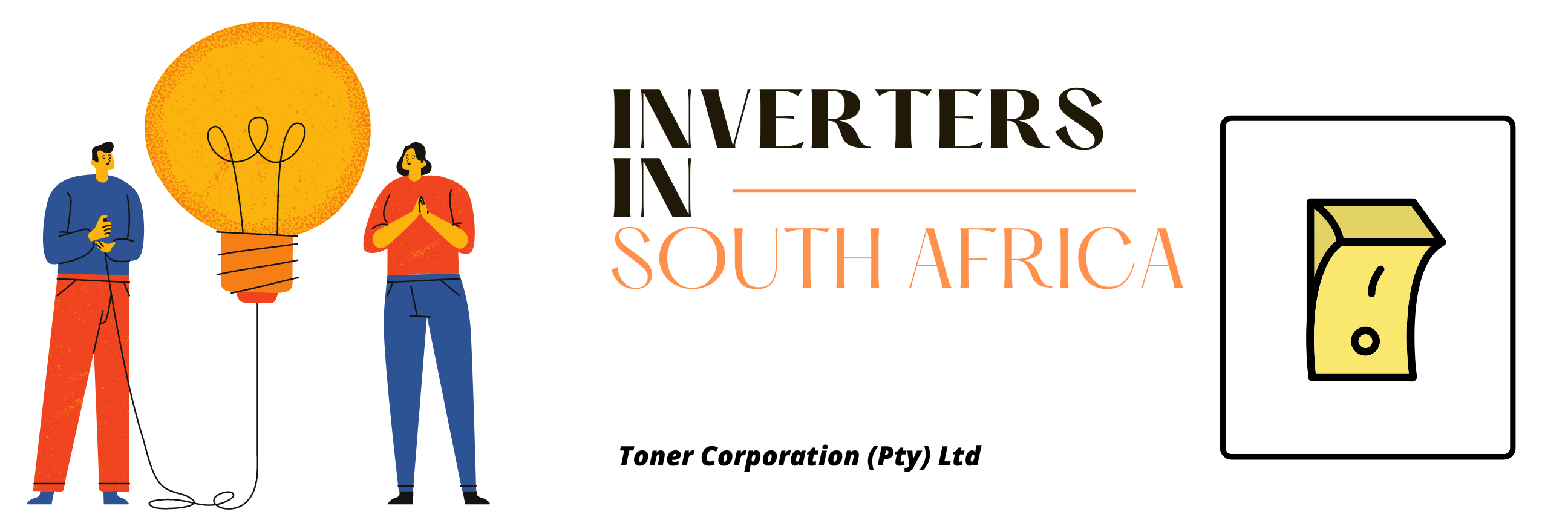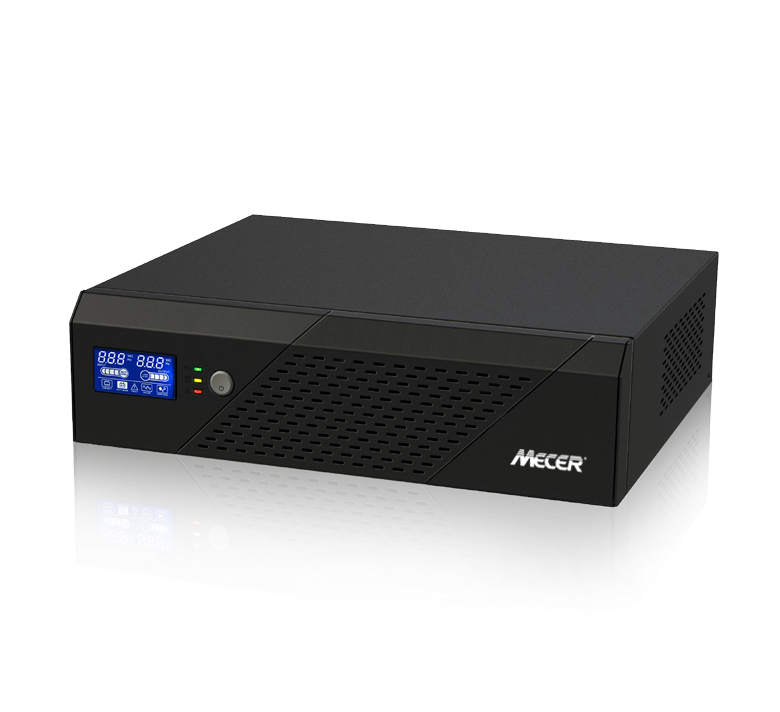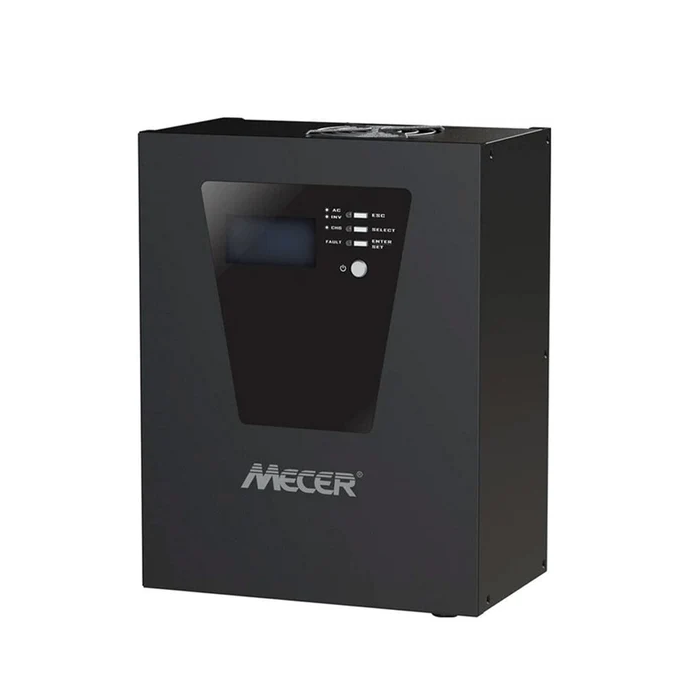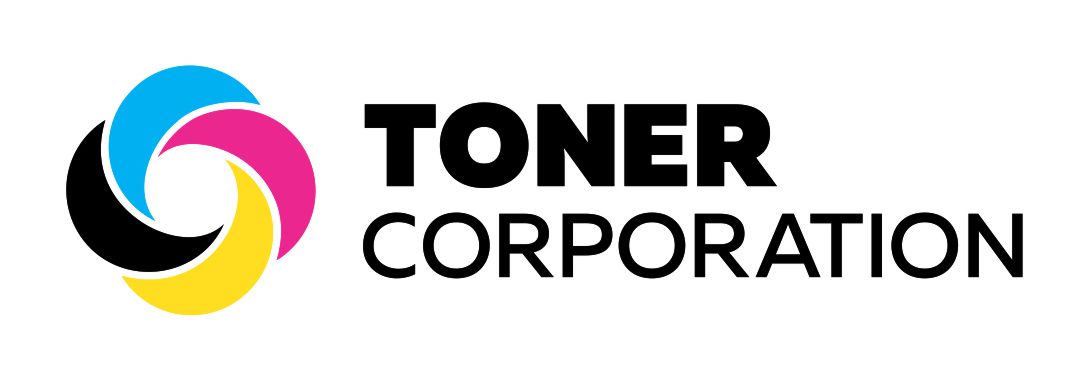Inverters in South Africa

Inverters VS Load Shedding
You need Inverters in South Africa because of Load shedding, the practice of temporarily shutting off power to certain areas to balance the supply and demand of electricity, has had a significant impact on South Africa’s economy and households.
The country has been facing a chronic power crisis for several years, and load shedding has become a regular occurrence. The frequency and duration of load shedding have increased in recent times, leading to significant economic losses. Businesses and industries have been hit hard by power outages, as they disrupt production and supply chains. The mining sector, which is a major contributor to the South African economy, has been particularly affected. Businesses have also incurred additional costs due to the need to invest in backup generators and other measures to mitigate the impact of power outages.
Households have also been affected by load shedding. Power outages can cause food spoilage and damage to appliances, leading to additional expenses for households. The lack of reliable power supply has also made it difficult for people to work and study from home, further exacerbating the economic impact of load shedding.
Load shedding has also had a negative impact on the country’s overall development, as it has hindered the growth of small and medium-sized enterprises, limited the availability of basic services such as healthcare and education, and increased poverty and unemployment.
The South African government has been working to address the power crisis, but the problem remains unresolved. The efforts include increasing the supply of electricity through the construction of new power plants, upgrading existing ones and investing in renewable energy sources such as solar and wind power. However, these measures have yet to fully address the problem, and load shedding continues to be a significant challenge for the country’s economy and households.
Toner Corporation’s Load Shedding Solution – Inverters
Inverters are commonly used as a solution for load shedding because they allow for the use of DC-powered devices, such as batteries, as a backup power source. When the main power source is unavailable, the inverter converts the DC power stored in the batteries into AC power, which can then be used to power appliances and electronic devices, such as the:
Mecer 2400VA Inverter (IVR-2400LBKS)

Mecer Inverter 2400VA (IVR-2400MPPT)

In case of load-shedding, a standalone inverter is connected to a battery bank, and when the main power goes off, the inverter automatically switches to the battery power, providing continuity of power supply. Standalone Inverters in South Africa are mostly used for backup power in homes, offices, and other places where reliable power is needed.
Inverters also play an important role in solar power systems, where they can be used to convert the DC power generated by solar panels into AC power that can be used to run appliances during an outage. This allows for a sustainable and independent power source during loadshedding.
Inverters are also used in Uninterruptible power supplies (UPS) where they provide backup power to critical systems during load shedding. These systems are commonly used in data centers, hospitals, and other critical infrastructure where a power outage could cause significant damage or disruption.
It’s important to note that inverters come in different power ratings and choosing the right one depends on the amount of power you need during an outage, and also the size of your battery bank. It’s important to consider your budget and specific requirements when making a purchase.
Setting up an inverter at home in South Africa can be done in a few simple steps:
- Determine your power needs: The first step in setting up an inverter at home is to determine how much power you will need to run your appliances and devices during a power outage. This will help you choose the right size of inverter and battery bank.
- Purchase an inverter and battery bank: Once you know your power needs, you can purchase an inverter and battery bank. Make sure to choose an inverter that is compatible with the type of batteries you will be using.
- Install the inverter and battery bank: After purchasing the inverter and battery bank, you will need to install them. This may involve connecting the inverter to the battery bank and running wiring to the appliances and devices you want to power during an outage. It’s recommended to hire a professional electrician to do this task, to ensure the safety and reliability of the installation.
- Connect the inverter to your main electrical panel: The inverter should be connected to your main electrical panel, so that it can automatically switch to battery power when the main power goes out. This can be done by a professional electrician.
- Test the system: Once the installation is complete, you should test the system to make sure it is working correctly. This will involve turning off the main power and checking that the inverter switches to battery power and that your appliances and devices are running correctly.
- Regular maintenance: To ensure the longevity and reliability of your inverter system, it is important to do regular maintenance on the battery bank, such as checking the water level and charging them accordingly.
Please note that these are general steps and specific details might vary depending on the type of inverter, the battery bank, and the specific electrical installation at your home. It is always recommended to consult with a professional electrician to ensure the safety and reliability of your inverter installation.
Toner Corporation – Inverter Supplier
Toner Corporation provides Inverters in South Africa, Batteries, UPS Systems (uninterrupted Power Supply) at great prices to help keep your power on during load shedding. Click this link to view all inverters:


